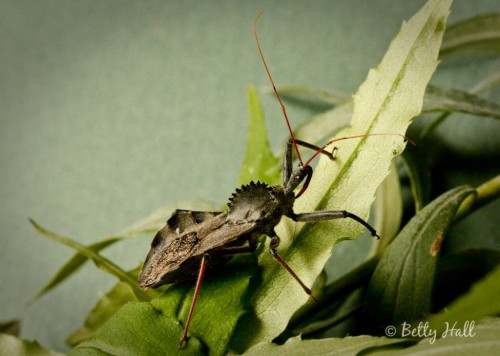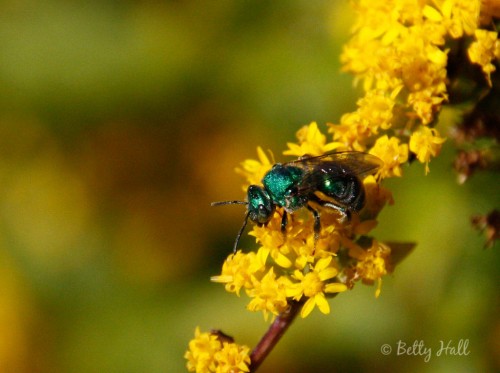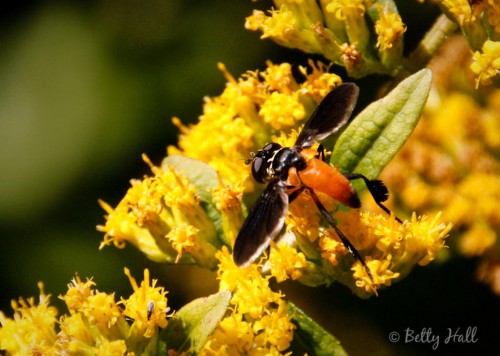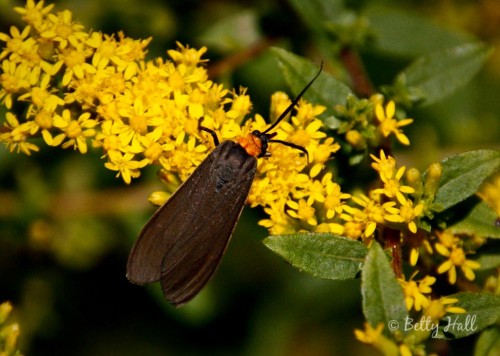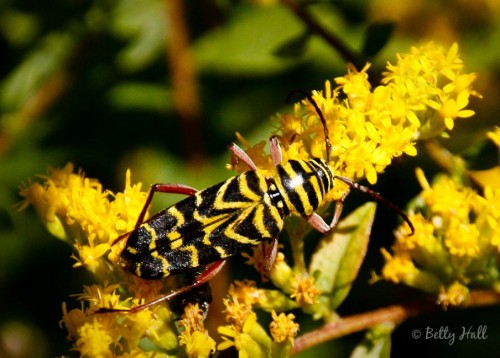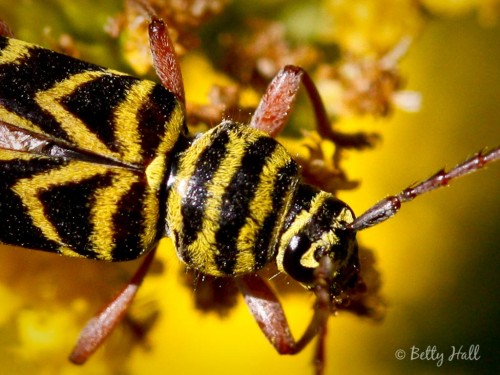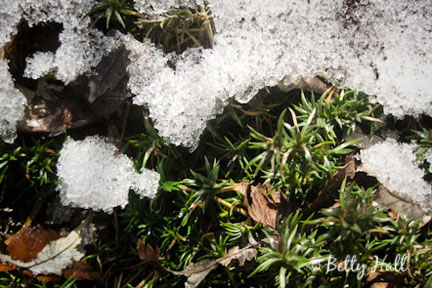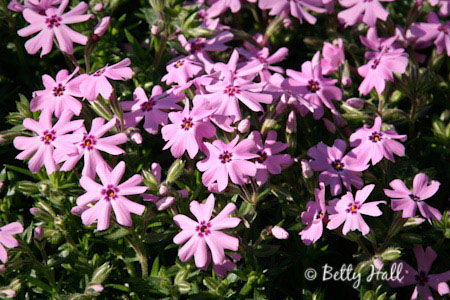My husband, Harry, was working in the backyard and called my attention to an interesting insect he had discovered. It was a Wheel Bug (Arilus cristatus) and the unique spiky wheel-like formation on its back is the source of its common name.
Category: Insects
Intriguing goldenrod visitors – Part 2
I’ve been using the photographs I took recently of the insect show on the Rough-leaved Goldenrod (Solidago rugosa) to try to identify the insects I saw.
I was surprised to discover that what I thought was an iridescent green fly was actually a sweat bee (Augochloropsis metallica).
And this interesting-looking insect is a Feather-legged Fly (Trichopoda pennipes). It doesn’t fit my mental image of a typical fly, and it’s considered a beneficial insect. I’ve not found any information on what function the leg “feathers” serve.
I wouldn’t have guessed this Yellow-collared Scape Moth (Cisseps fulvicollis) was a moth, either. It is apparently widespread over much of the U.S., feeds on flowers by day and is attracted to lights at night.
I’m not sure which is more challenging – getting good insect photographs or identifying the subjects later. I’ve got a lot to learn on both counts, and I look forward to discovering more about all of our backyard visitors – large and small.
What plants, birds, insects, etc., are you noticing in your backyard?
P.S. Click on the images to see a larger view.
Rough-leaved Goldenrod and Black Locust Borer
The Rough-leaved Goldenrod (Solidago rugosa) has been the most popular plant in the backyard recently. The airy, arching stems with yellow blossoms have been a gathering place for a myriad of insects including bees, flies, wasps, and unknowns, all busily feeding on nectar and gathering pollen.
This is one of the insects that got my attention (click images for larger versions).
I checked BugGuide and discovered it’s a Black Locust Borer (Megacyllene robiniae). Adults feed on pollen, particularly from goldenrods. The larvae live on Black Locust trees and can be a pest.
When I cropped an image to get this close-up, I was surprised to see that the body was somewhat fuzzy.
I enjoyed observing all the comings and goings on this goldenrod plant, and I’ve decided watching insects is great fun. There were far too many interesting creatures for one blog and I’ll share more images later.
Two new insects
I’m finding that my interest in butterflies and moths has broadened and I want to know more about all our insects.
I recently found this interesting critter on our Joe-Pye Weed (Eupatorium fistulosum) . I had no idea what it was and couldn’t identify it with our guide books. I finally requested an identification from the BugGuide website and within an hour I had an email identifying it as a Squash Vine Borer moth (Melittia cucurbitae).
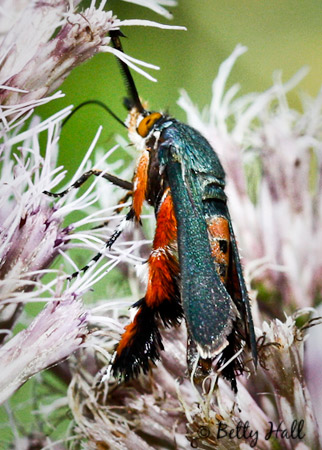
Here’s another strange insect I found recently. Again, I had no luck identifying it with our guide books. However, after spending some time on the BugGuide website I found images and information that helped me identify it as a Leaf-footed Bug (Leptoglossus oppositus).
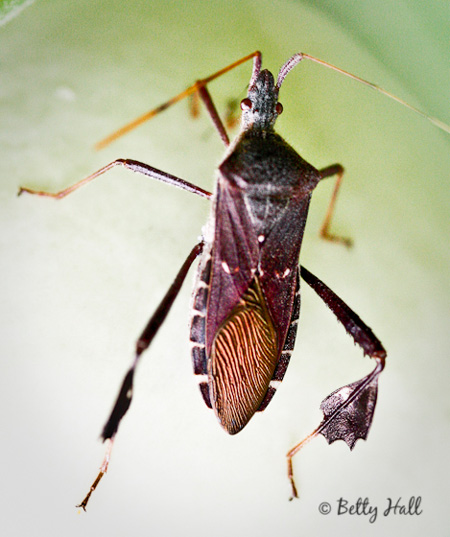 I’m quite impressed with the BugGuide website. It’s an online community of professional and amateur naturalists working together to learn more about insects, and making that information available to others. I think it will be a valuable resource and look forward to using it in my efforts to learn more about all the insects in our backyard.
I’m quite impressed with the BugGuide website. It’s an online community of professional and amateur naturalists working together to learn more about insects, and making that information available to others. I think it will be a valuable resource and look forward to using it in my efforts to learn more about all the insects in our backyard.
Creeping Phlox
I recently took my small point-and-shoot camera to the backyard, looking for possible signs of spring. I was pleasantly surprised to see that a number of plants have remained green throughout our prolonged winter.
I was especially glad to see the Creeping Phlox (Phlox subulata) looking healthy through patches of snow.
The dense foliage creates a ground cover tough enough I can walk on it. It keeps weeds down and spreads slowly, but is not invasive.
There are already tiny buds and, with a little luck, by the first of April it will become a mass of color as in this image from last spring.
It grows especially well on the rocky, sunny slope that leads to our rain garden and has proven to be drought tolerant.
With its evergreen foliage, colorful spring blossoms, and ease of maintenance, Creeping Phlox is an effective ground cover and one of my favorite native backyard plants.
I was also glad to see my first backyard honey bee (Apis mellifera) on February 16. I know spring isn’t here yet, but I trust it’s on the way. I’d be glad to hear of any signs of spring you’re seeing.

